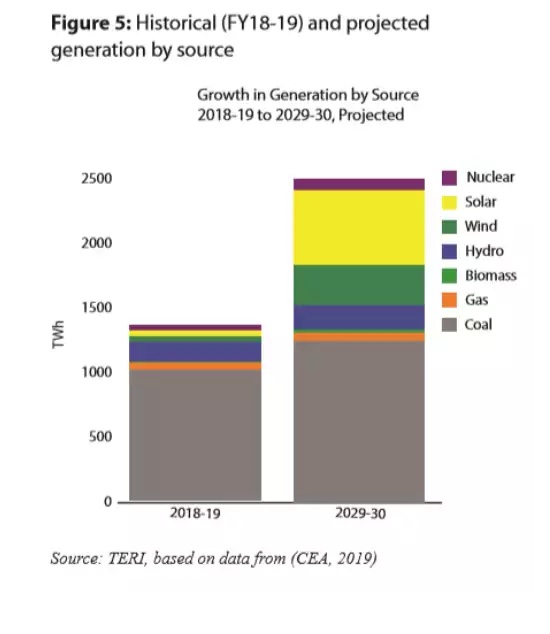7667766266
enquiry@shankarias.in
Provision of electricity security in India has a long way to go since its per capita electricity consumption is still only a third of the global average.
Energy security refers to the uninterrupted supply of energy at affordable prices.

References